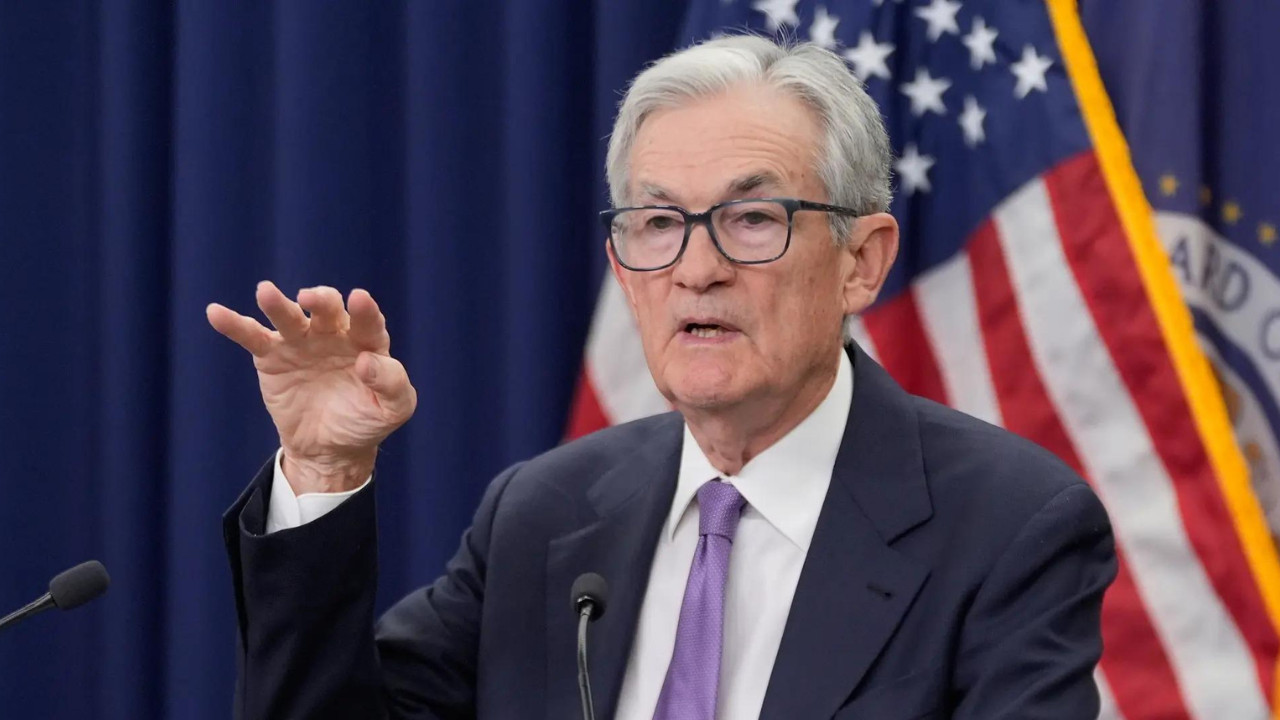The US Federal Reserve has maintained steady interest rates, signaling potential cuts later this year. However, projections indicate a slower pace of future reductions due to anticipated higher inflation, possibly influenced by Trump’s tariff plans. Economic forecasts suggest slower growth at 1.4% this year, rising unemployment to 4.
The Fed’s Holding Pattern: What it Means for Your Wallet (and Maybe Your Travel Plans)
Okay, deep breath. We all knew this was coming, but knowing doesn’t make it any less…well, interesting. The US Federal Reserve, the financial powerhouse that subtly (and sometimes not-so-subtly) steers the economic ship, has just decided to hold steady on interest rates for the fourth meeting in a row.
Fourth time’s the charm, right? Except charm isn’t exactly the word that springs to mind when we’re talking about inflation, recession whispers, and the ever-present specter of what the next move might be.
So, what does this mean for you, the average person trying to navigate the economic currents? Let’s break it down, ditching the jargon and getting real.
First, let’s acknowledge the elephant in the room: Inflation. The Fed’s primary mission – and honestly, the reason we’re even paying attention – is to keep inflation in check. Remember those days of skyrocketing prices? We’re not quite back to pre-pandemic levels, but things have definitely cooled down. That’s largely thanks to the Fed’s aggressive interest rate hikes throughout 2022 and 2023.
Think of it like this: raising interest rates is like hitting the brakes on the economy. It makes borrowing more expensive, which discourages spending, and that, in theory, cools down demand, eventually taming inflation.
Now, here’s the rub. Hit the brakes too hard, and you risk stalling the car entirely – a recession. That’s the tightrope the Fed’s been walking, and so far, they seem to be managing to stay on. By holding steady, they’re essentially giving the economy a chance to catch its breath and see how things play out.
But that “catch its breath” phase can feel agonizingly slow. You’re still paying more for groceries than you’d like. That dream vacation feels a little further out of reach. And those student loans? Well, they’re still looming.
So, what specific areas are impacted by this holding pattern? Let’s zero in on a few:
Loans and Credit Cards: If you’ve been waiting for interest rates on your credit cards to drop, this news isn’t exactly a cause for celebration. They’ll likely remain elevated for the foreseeable future. On the flip side, if you have a fixed-rate mortgage, you can breathe a sigh of relief. Your payments won’t be going up any time soon. For anyone looking to take out a new loan – whether it’s for a car, a house, or even a business – be prepared to shop around and negotiate. Lenders are still pricing in a certain level of risk, and that translates to higher interest rates.
The Stock Market: The market’s reaction to this news has been… well, mixed. On the one hand, the stability of the Fed’s decision provides some comfort. On the other, the lack of definitive action leaves a certain amount of uncertainty hanging in the air. The stock market thrives on predictability, and right now, the future is anything but.
The Dollar and Global Markets: A stable US dollar is crucial for global trade and investment. The Fed’s decision helps maintain that stability, which is good news for businesses that rely on international commerce. However, it also means that the dollar isn’t likely to get significantly cheaper, which could impact exports in the long run.
What’s Next? (The Million-Dollar Question)
The Fed is playing a waiting game, carefully monitoring economic data for signs of where inflation is headed. They’ve signaled that future rate cuts are possible, but they’re contingent on seeing further progress on the inflation front. The million-dollar question, of course, is when will those rate cuts actually happen?
Honestly, your guess is as good as mine. The economic landscape is constantly shifting, and the Fed is going to react to the data as it comes. But here’s what we do know:
* Focus on fundamentals: Now is the time to shore up your finances. Pay down debt, build an emergency fund, and invest for the long term. These are strategies that will serve you well regardless of what the Fed decides to do.
* Stay informed: Keep an eye on economic news and try to understand how it impacts your personal finances. Don’t rely on sensationalist headlines – look for credible sources that provide balanced analysis.
* Don’t panic: The economy is cyclical. There will be ups and downs. Don’t make rash decisions based on short-term market fluctuations.
Ultimately, the Fed’s decision is just one piece of the puzzle. Your personal financial well-being depends on your own actions and choices. So, take a deep breath, stay informed, and focus on what you can control. And maybe, just maybe, start planning that vacation… cautiously.






